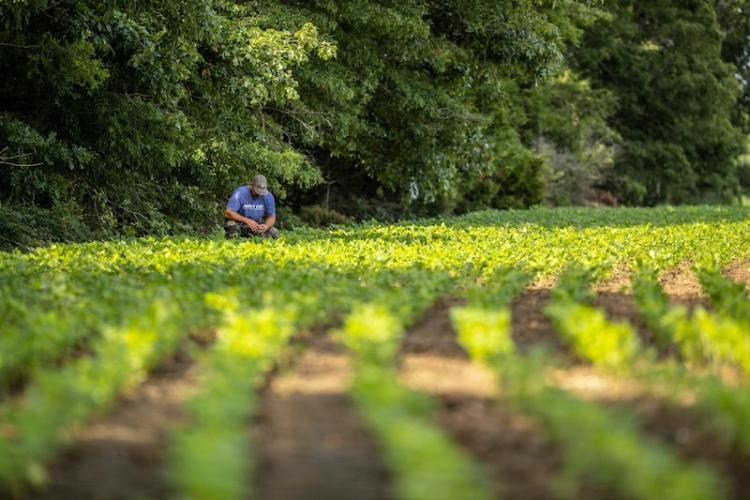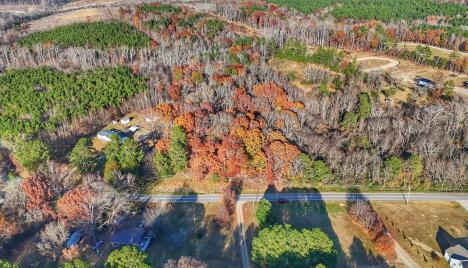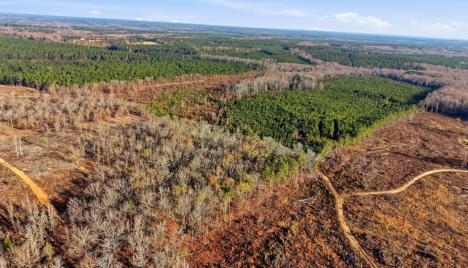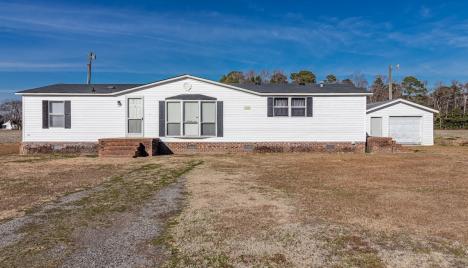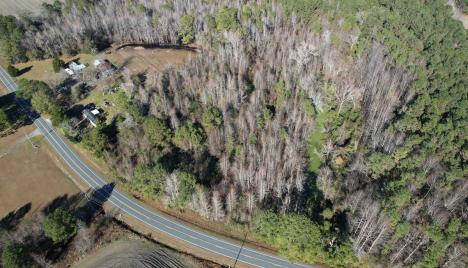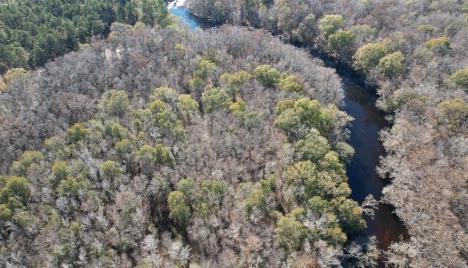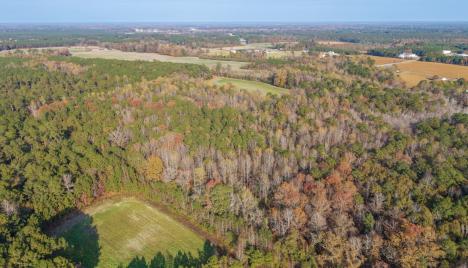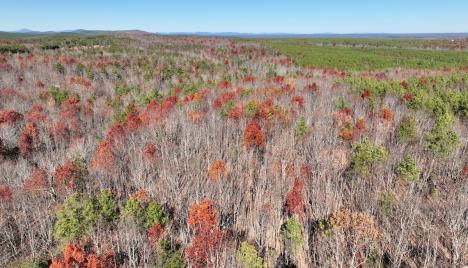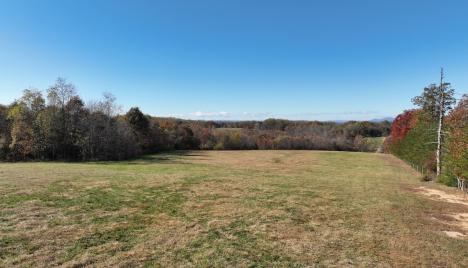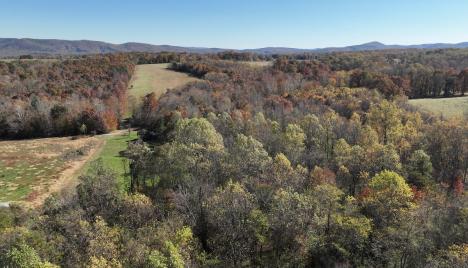One of the most common mistakes in food plot plantings and farming for wildlife is improper timing relative to the crop and the region. For example the growing period for warm season annuals can vary pretty widely across the nation. The northernmost part of the states and on into Canada could have as little as 4-5 months of temperatures conducive to growing spring/summer crops. This is all dependent on how quickly the winter snow melts and soil temperatures rise as well as when the first hard freeze sets in the fall. On the flip side, the deep south can have 7-8 months of growing before frosts set in and terminate a warm season planting.
So what does this mean for the average guy or gal planting food plots on their property? Depending on your location and stage of wildlife management you are in, warm season food plots can have different purposes. Let’s look at a couple of different scenarios. For a guy who lives and plants in the rich and fertile soil of south east Minnesota or other prime areas of the upper midwest, a warm season food plot such as BioLogic Spring Protein Peas, may be planted mostly for attraction and keeping some deer at home. The surrounding ag fields of soybeans and alfalfa in this area are hard to beat when it comes to spring/summer nutrition for does that are carrying fawns and bucks that are rebuilding their bodies and growing antlers. With other high protein food sources around, a warm season food plot may not be as critical in this area for nutrition but it can be a major attraction when it is in the right place. This far north, a warm season annual like peas and beans may only have 90-100 days to grow before its time to turn the field over for a cool season planting. In this area, mid-July through early August is the prime time to get crops like turnips, radishes and other brassica crops planted to get the amount of growth needed to feed the deer in a northern climate throughout the winter. This is something to think about when making your food plot plan for the upcoming year.
The polar opposite of this would be someone planting in let’s say the pine plantations of Georgia or other neighboring states. The southernmost states have a lot of agricultural crops that have a positive impact on wildlife, they also have millions of acres of poorer soils that are covered in pine trees and low quality native habitat. Warm season food plots in these areas can be very beneficial from a nutrition standpoint because it may well be the best source for miles around. With soils that warm up enough to plant in mid- April and frosts that may not arrive until mid-November, these areas can get up to 8 months of growth and forage out of a blend like Protein Peas or Game Changer Forage Soybeans. These long lasting, slow maturing annuals can have a major impact on nutrition for the deer when it is providing high protein food for an extended time. As of the writing of this article, I have a Spring Protein Pea food plot planted in early May in southern Tennessee that has matured and produced a lot of bean and pea pods and is still producing forage today November 2. The downside to having such an extended growing season is these crops may still be producing great forage when it is time to get your fall/winter plots planted in that same field. This is when it is really beneficial to have fields large enough to utilize two separate crops or at least leave some of the warm season crop standing while you prepare the other portion of the field for cool season food. Cool season food plots in these areas may be more about attraction than nutrition. Although most anything you plant for a fall/winter crop in the south is going to have more nutrition than any native plants at that time of year, deer in the south are not relying on these as a survival source like they may in areas with much colder temperatures and heavy snowfall.
The ideal situation for anyone planting food plots regardless of location, is to have enough available acreage to devote certain areas to warm season crops and other for cool season. I fully realize not everyone has this option but for those that do it can make things a little less complicated on timing. If you have fields that are large enough to split in half, or even in thirds, you can utilize several different plantings and allow each of them to reach full maturity while also planting at the ideal time for that crop and your region. Another scenario for those that have plenty of tillable ground available is to use some areas solely for destination feeding fields particularly in the spring/summer, and others for hunting set ups. Having multiple food plot crops in the same field can do a lot for attraction too as whitetails can sometimes be picky eaters, the plant diversity gives them some options depending on what their taste of the day is.
There are a number of advantages to plot partitioning or planting several crops in the same area. Regardless of where you live in the whitetail’s range, your deer are going to go through several changes in their nutritional needs in the course of a year. Having a diversity of crops planted on your property that meet these needs increases the attractiveness of your land and your chances of holding quality deer. Plot partitioning works best when you have larger fields to work with, 2-3 acres seems to be a good starting point. This doesn’t mean you can’t use this technique in smaller fields, but it can limit its effectiveness. I have found the line distance and area shape tools within the OnX app to be a major asset when sketching out these food plot ideas. Accurate acreage measurement is a necessity for seed, fertilizer, and herbicide application and planning. Some fields, because of their odd shape, can be difficult to figure out the best way to evenly spread seed or spray a herbicide. I have fell in love with using the live GPS tracker in the OnX app to show exactly where you have traveled in a field. Whether you are walking or using a tractor/UTV, the tracker really helps to show if there are any gaps in the field or places you have missed.
One question that I get asked quite often is “what should I plant to keep deer in my plots for the entire hunting season”? Regardless of where you live, just one planting would have a hard time being everything your deer herd needs for the early, mid, and late hunting season. Plot partitioning can really help in providing an attractive and nutritious food source throughout the changes that take place from September to January, as well as the warm growing months. This point is even further evident with some states starting their whitetail season as early as August and going into February. When you start to decide what you want to use in your food plots, pay special attention to the growing season for your region, maturity dates for the crop you choose, and use OnX to determine the actual field size so you can accurately plan for seed, fertilizers, and other tools needed. Timing and accuracy is everything in farming and paying attention to the small details can help you be a more successful Gamekeeper.
Written by Austin Delano


